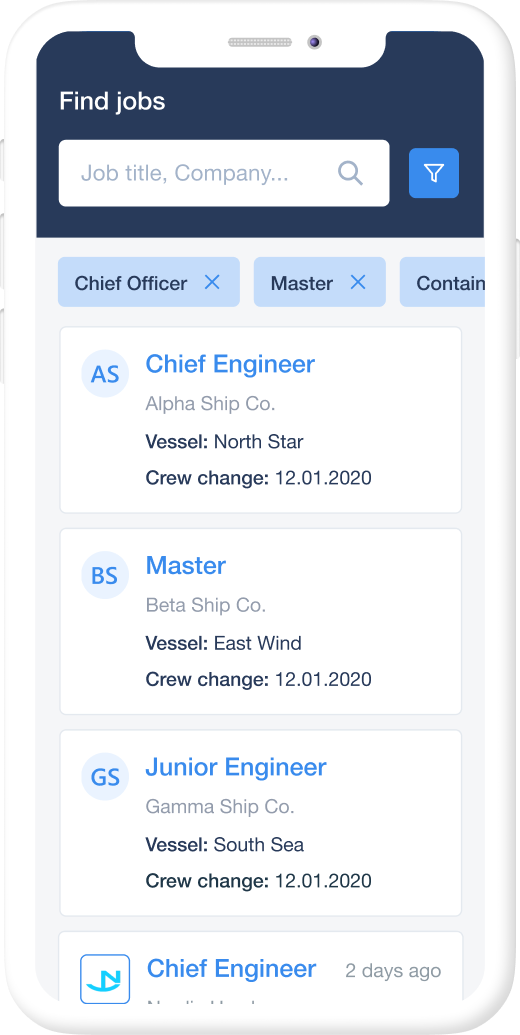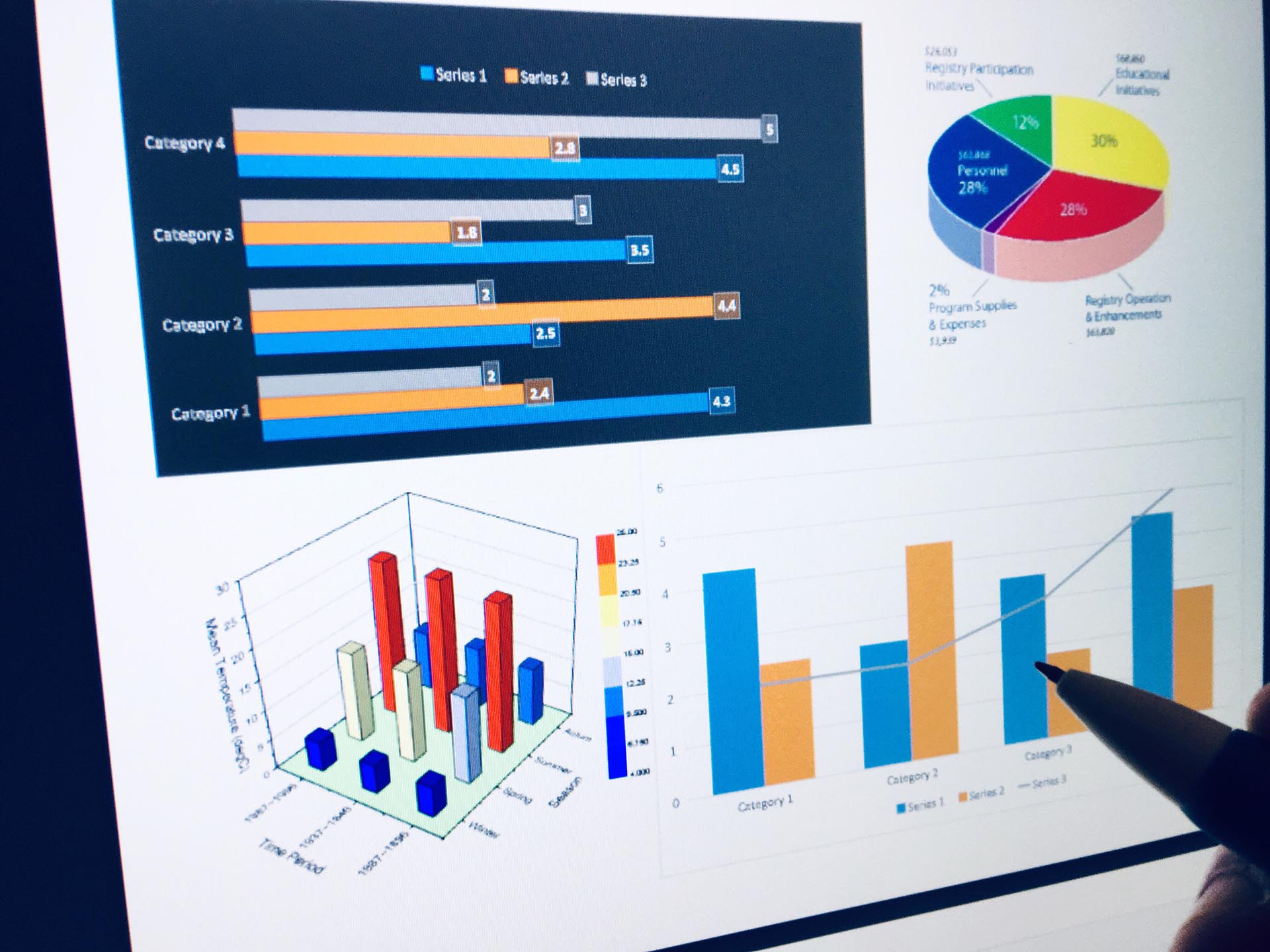What Factors Affect Container Ship Capacity?

Containers are an integral part of shipping and logistics. They are used to transport a wide range of goods around the world, ranging from consumer goods like electronics and clothing to industrial goods like machinery and raw materials.
They can be easily loaded and unloaded from ships, trucks, and trains, which makes it possible to move goods quickly and efficiently from one place to another.
Have you ever wondered just how many containers can a ship carry?
To answer that question, we need to look at several factors that affect how many containers can be loaded onto your ship deck.
Read on and let's dive deeper into these details!
Factors that determine container ship capacity
1. Size of the ship
The size of the ship is one of the major factors that affects its container carrying capacity.
Larger ships can carry more containers, which results in increased efficiency and cost-effectiveness in transportation.
However, the size of the ship also affects its ability to navigate through certain waterways and ability to dock at some ports.
Considering these conditions, there are several different classifications of ship sizes in the container shipping industry – feeder container ship, medium container ship, large container ship, and ultra-large container ship.
- The smallest class of container ships is the feeder container ship (FCS), which can carry between 500 and 3,000 TEUs.
TEU is the standard measure of container capacity, with one TEU equating to a 20-foot-long container.
These ships are typically less than 200 meters long and can carry up to 2,500 TEUs.
- The smaller class of container ships is the medium container ship (MCS), which can carry between 3,000 and 10,000 TEUs.
These ships are typically between 200 and 300 meters long and can carry up to 7,000 TEUs.
One example is Panamax ships. These are the largest ships that can pass through the Panama Canal.
They have a maximum length of about 294 meters and a maximum width of 32.31 meters.
These ships have a capacity of around 4,500 to 5,000 TEUs (twenty-foot equivalent units).
- The next class of container ship is the large container ship (LCS), which can carry between 10,000 and 20,000 TEUs.
These ships are typically between 300 and 400 meters long and can carry up to 14,000 TEUs.
Post-Panamax ships are large container ships and are bigger than Panamax ships and cannot pass through the Panama Canal.
They have a maximum length of around 345 meters and a maximum width of 43 meters.
These ships can carry between 8,000 and 12,000 TEUs.
- Ultra-large container ships (ULCS) are the largest container ships in the world, with capacities of up to 24,000 TEUs.
These ships can be over 400 meters in length and have a beam (width) of around 60 meters – this is why they cannot navigate through the Panama Canal.
2. Container stacking arrangements
There are several different container stacking arrangements that are used on ships, each with its own advantages and limitations.
Single-deck configuration
This is the simplest and most basic method of stacking containers on a ship.
Containers are stacked on the ship's deck in a single layer – one on top of the other.
This allows easy access of the containers and is well-suited for smaller ships or for transporting oversized containers that cannot be stacked.
With that, it has lower container-carrying capacity compared to other stacking arrangements.
- Double-deck configuration
This is a more efficient method of stacking containers.
In this stacking arrangement, containers are stacked on top of each other, but also on two levels, with one level stacked above the other.
This allows more containers to be carried on the ship, increasing the ship's overall capacity.
Double-deck configuration also provides more stability in the ship while in motion, but at the same time, this also creates limitations on the height and weight of the containers that can be carried.
- Triple-deck configuration
This is similar to double-deck configuration, but with an additional layer – three layers in total.
This stacking arrangement can increase the capacity of the ship even more than the first two configurations, but similar to double-deck configuration, it also has a greater limitation on the height and weight of the containers that can be carried.
- Multi-tier configuration
Here, multiple decks are created within the ship with the help of special structure and equipment to increase the number of layers of containers.
With this type of stacking arrangement, ships can carry an even larger number of containers – reaching the highest container carrying capacity.
- Combined configuration
This arrangement combines different stacking arrangements and can vary based on the ship design and cargo load.
It usually can be found on the largest container ships.
- Open-top configuration
This is primarily used for oversized containers that cannot be closed, and Reefer ships, which are used for refrigerated containers.
You’ll find that the final choice of the stacking arrangement depends on the ship's size, the shipping route, the type of cargo, the ports of call and other factors affecting the logistics.
The container stacking arrangements can further determine the number of containers a ship can carry by the way the containers are stacked on the ship's deck.
Overall, it can either increase or decrease the ship's overall capacity.
3. Container weight and size limitations
Needless to say, container weight and size limitations can significantly affect the number of containers a ship can carry.
There are regulations on container weight and size that determine the maximum weight and dimensions of individual containers – as well as the overall weight of the ship and its cargo.
The maximum weight of individual containers is set by the Convention for Safe Containers (CSC), which limits the gross weight of a container to 67,200 pounds or 30,480 kg.
This weight limit ensures that containers are not overloaded, which can make them difficult to handle and increase the risk of accidents during the transport.
The overall weight of a ship and its cargo is also subject to weight restrictions, which are established by the International Association of Classification Societies (IACS).
The weight of the cargo and the way it is loaded and distributed can affect the stability of the ship in rough seas, this is why it is important to keep the weight and distribution of the cargo within safe limits.
If a ship exceeds the maximum weight limit, it cannot set sail and this can significantly reduce the number of containers that can be carried.
Furthermore, the maximum dimensions of containers are set by the International Standards Organization (ISO) series of container standards.
These standards establish the dimensions of containers ranging from the 20-foot and to 40-foot standard container sizes.
If a container exceeds the maximum dimensions, it can't be loaded onto a ship and will have to be transported via other means, which can consequently be more costly and time-consuming.
What factors affect container ship capacity? Conclusion
We hope we helped enrich your knowledge about container ships in general.
The points mentioned above are just some of the main factors that determine the number of containers a ship can carry.
Size of the ship matters as it means the larger the ship, the more containers it can carry.
In relation to that, container stacking arrangements determine the most efficient way to stack containers on a ship, which can greatly affect the number of containers that can be carried.
Lastly, container weight and size limitations can also have an impact on the ship's stability and affect how many containers can be loaded onto a ship.
If you want to enter and know more about the shipping industry, we can definitely help you with that!
Here at Martide, we'll gladly assist you in landing your next seafarer job.
We’re always looking to recruit skilled crew members, like you, on behalf of our maritime industry clients. (Ready when you are!)
Sign up for free and create your profile or log in to your Martide account anytime to start your career with us.
Don’t forget that you can also start your journey and apply for any of our vacancies using our free mobile app.
You can also download the app from Google Play and from the Apple Store for iPhones and iPads.

Nathaly Seruela
Former content writer at Martide.






